Solar module prices are up 12% since February, according to the Q2 2025 Solar Module Pricing Insights Report from Anza, a subscription-based data and analytics software platform.
Last December the U.S. solar module market responded to tariffs with a 4% increase of $0.01 per watt to $0.26 per watt, the first uptick since summer. Then the market stabilized at that level, according to Anza’s Q1 2025 Solar Module Pricing Insights report.
The data in the Q2 report represents median distributed generation (DG) list prices from over 35 module suppliers participating in its platform, which Anza reports captures over 95% of the U.S. module supply.
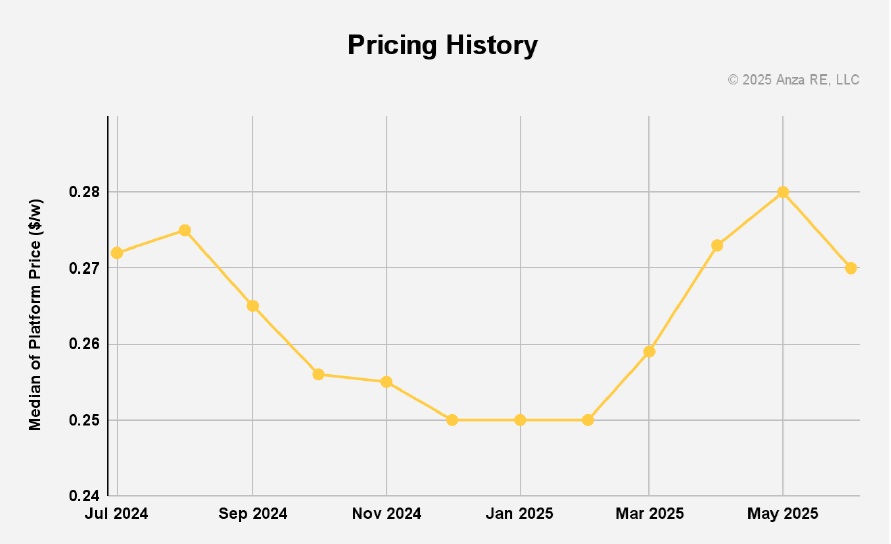
Anza’s Q2 report finds that DG module prices held steady at around $0.25/W. Prices climbed to $0.28/W in May after updated antidumping and countervailing duty rates hit imports and President Trump used 1977’s International Emergency Economic Powers Act to impose a new 20% tariff on goods from China, plus 25% tariffs on Canada and Mexico. By June, prices dropped 3.5% to $0.27/W from the May high, yet still 12% above the level last seen in February ($0.25/W).
Anza attributes the June decline to easing of freight costs, selective duty absorption (as some manufacturers absorbed part of the tariff), and the first shipments from new Indonesian and North African cell lines, which are subject only to the 10% Section 201 duty.
Prices by technology
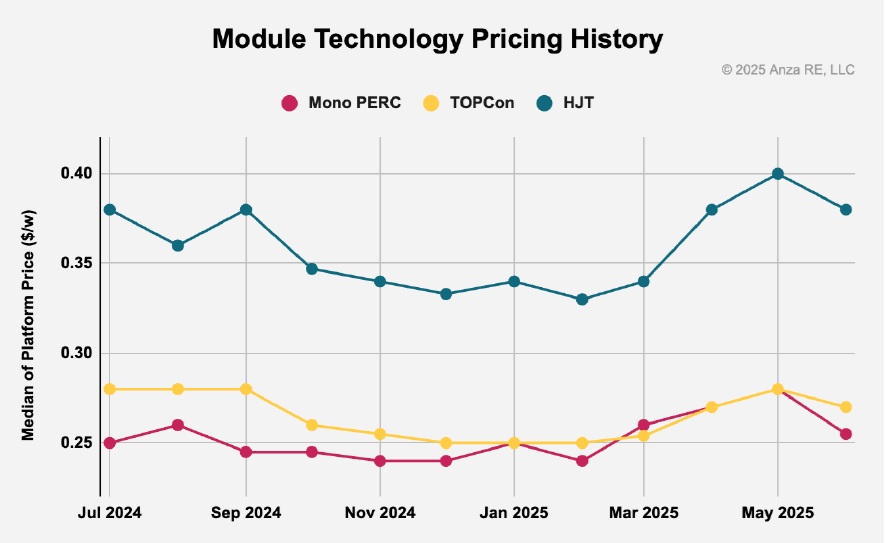
Anza noted that most transactions on its platform are for passivated emitter and rear contact (PERC) cells. These remain a preferred option, “with their decade-long track record, proven reliability, and ease of production make them particularly attractive in today’s fast-moving and uncertain market,” Sekhar Tatineni, vice president of technology, ES Foundry, a solar cell manufacturer; wrote in Beyond the hype: Why PERC still powers a stronger solar future.
The Anza Q2 report finds that PERC prices are below new-production offers, “adding downward pressure.” While Mono PERC prices rose 8.3%, they remain 10% below the May peak at $0.26/W. The report said that the technology’s “stable, globally diversified supply chain keeps the technology attractive.”
Prices of tunnel oxide passivated contact (TOPCon) modules rose 8% over February’s pricing, ended the quarter at $0.27/W. The report stated that “limited U.S. production capacity, early signs of faster EVA encapsulant degradation, and unresolved IP questions have slowed order flow.” TOPCon still commands an efficiency premium, according to Anza, but that margin narrowed in 2025
Anza has only three heterojunction modules on its platform, but reports that they were priced at $0.38/W in June. Two of the three are U.S. cell-based modules (duty-free) and one China-sourced module, which is subject to heavy Section 201 and antidumping and countervailing duty tariffs.
“With such a narrow sample, heterojunction pricing is driven more by cell origin and tariff status than broader market trends, so these results should be viewed cautiously until a larger, more diversified supply set comes online,” Anza said.
Cell origin
The report noted that supply chains are leaning toward India, Africa, the Middle East, and emerging U.S. capacities, as developers aim to diversify. Anza noted that the chart below only displays regions with significant current manufacturing volume sold into the United States, and omits U.S. data to better show regional trends.
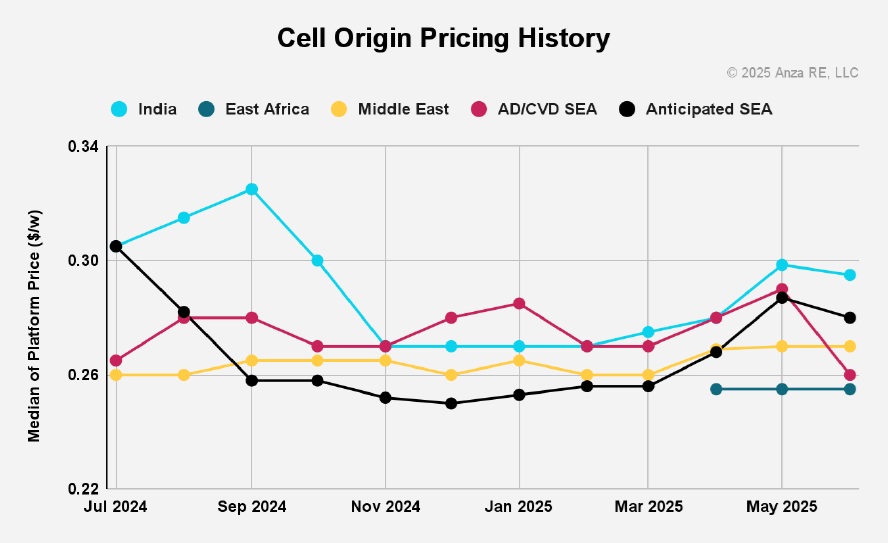
Overall, pricing changes in Q2 2025 show the rapid effect of policy changes on prices. Anza said it bakes duties into its price lists, which it perceives as “delivering clearer cost visibility.” It advises that by locking in contracts now, stakeholders will have more supply and pricing certainty “before the first wave of high-demand U.S. production reaches the market.
This content is protected by copyright and may not be reused. If you want to cooperate with us and would like to reuse some of our content, please contact: editors@pv-magazine.com.
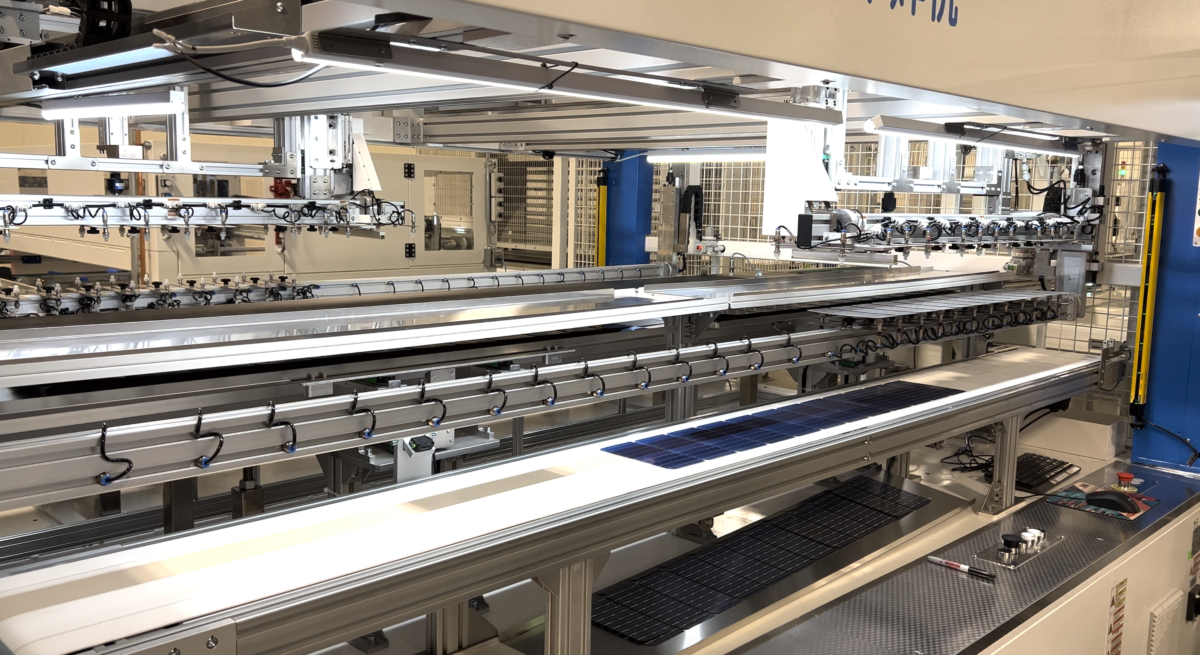



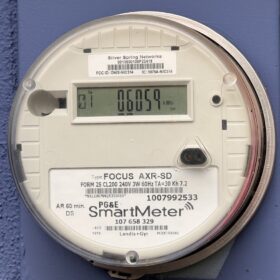

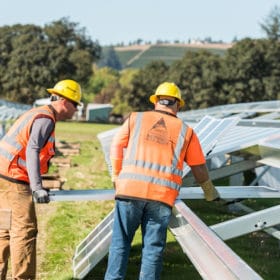
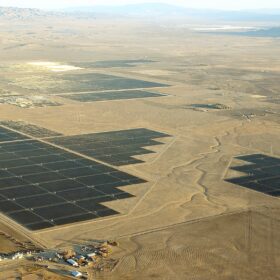
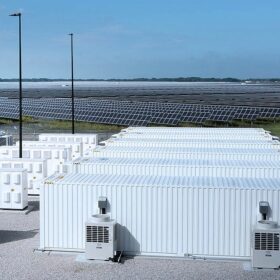
By submitting this form you agree to pv magazine using your data for the purposes of publishing your comment.
Your personal data will only be disclosed or otherwise transmitted to third parties for the purposes of spam filtering or if this is necessary for technical maintenance of the website. Any other transfer to third parties will not take place unless this is justified on the basis of applicable data protection regulations or if pv magazine is legally obliged to do so.
You may revoke this consent at any time with effect for the future, in which case your personal data will be deleted immediately. Otherwise, your data will be deleted if pv magazine has processed your request or the purpose of data storage is fulfilled.
Further information on data privacy can be found in our Data Protection Policy.